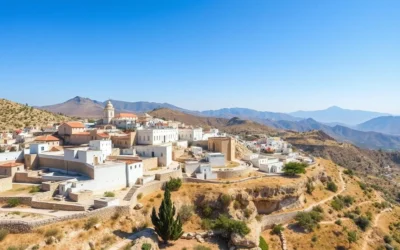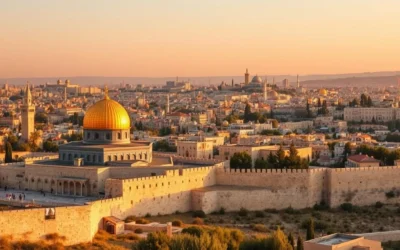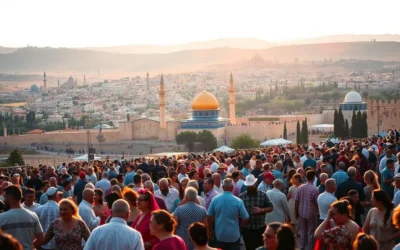✓ Accommodations✓ Flights✓ Rental Cars✓ Tours & Activities
This country is a fascinating example of linguistic richness. With a population shaped by waves of immigration, it boasts a mix of languages that reflect its diverse communities. Hebrew, once a liturgical language, has been revived as the primary means of communication. This transformation is a testament to the nation’s history and cultural resilience.
Arabic holds a special status, widely used in government, education, and daily life. About 20% of the population speaks it fluently, alongside Hebrew. This bilingualism highlights the country’s commitment to inclusivity and communication across different groups.
Immigration has also brought other languages into the mix. Russian, for instance, is spoken by 15% of the population, a result of mass migration from the former USSR. English, though not official, is a common second language taught in schools, making it a vital tool for business and international connections.
This linguistic diversity is more than just a reflection of the past. It’s a living, evolving part of the nation’s identity. From road signs to media, multiple languages coexist, creating a unique cultural tapestry. Understanding this landscape offers insight into the country’s history and its dynamic present.
The Official Language Landscape in Israel
The linguistic landscape of this nation is shaped by its rich history and diverse communities. Two primary languages dominate the scene, each with its own unique story and significance. These languages not only serve as tools for communication but also reflect the cultural and historical identity of the population.
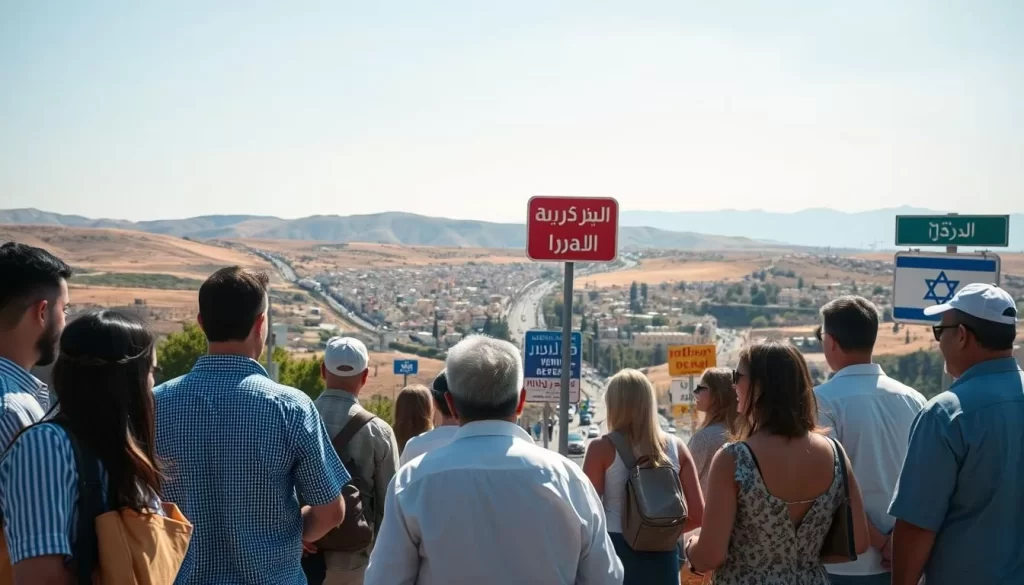
Hebrew: The Reborn National Language
Hebrew, once a liturgical language, has undergone a remarkable transformation. In the late 19th and early 20th centuries, it was revived as a modern, everyday language. Today, it stands as the national language, unifying diverse immigrant groups.
This revival has made Hebrew central to government, education, and media. It’s the primary language taught in schools, ensuring that new generations remain connected to their heritage. The widespread use of Hebrew fosters a sense of belonging among the population.
Arabic: Special Status and Cultural Significance
Arabic holds a unique position in this nation. With deep historical roots, it remains widely spoken among the Arab community. Despite legal changes, such as the Nation-State Law of 2018, Arabic continues to be used in government communication and education.
Its presence is evident in signage, media, and daily interactions. This reflects the nation’s commitment to inclusivity and cultural diversity. Arabic’s enduring role highlights the importance of preserving linguistic heritage.
Israel: Official and widely spoken languages
The story of language in this region is a tale of revival and resilience. From ancient roots to modern use, it reflects a deep connection to history and identity. This linguistic journey has shaped daily life, bridging the past and the present.
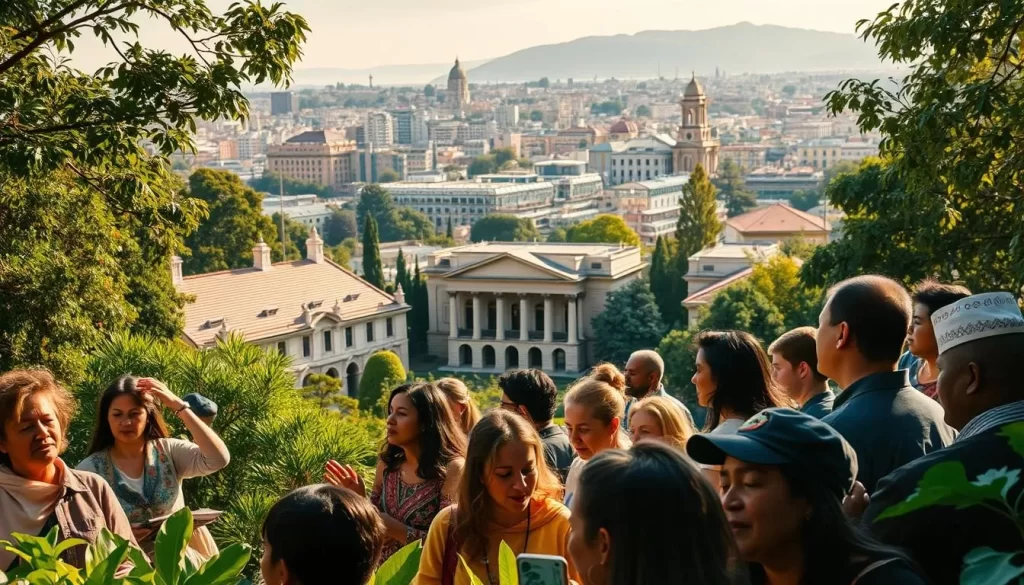
Historical Revival and Modern Adoption
Hebrew, once a liturgical language, has undergone a remarkable transformation. In the late 19th century, it was revived as a modern, everyday language. Today, it stands as the national language, unifying diverse immigrant groups.
This revival has made Hebrew central to government, education, and media. It’s the primary language taught in schools, ensuring that new generations remain connected to their heritage. The widespread use of Hebrew fosters a sense of belonging among the population.
“The revival of Hebrew is not just about language; it’s about reclaiming identity and culture.”
Government, Education, and Cultural Identity
Language plays a pivotal role in shaping cultural identity. In schools, Hebrew is a core subject, ensuring that students are proficient in the national language. Government documents are primarily issued in Hebrew, reflecting its official status.
Arabic, with its special status, is also widely used in government and education. This bilingual approach highlights the nation’s commitment to inclusivity and cultural diversity.
| Language | Usage |
|---|---|
| Hebrew | Official, national, and widely spoken |
| Arabic | Special status, used in government and education |
| Russian | Spoken by 20% of the population |
| English | Common second language, taught in schools |
This linguistic framework supports communication among diverse immigrant populations. It also reflects the heritage of a historic nation, blending tradition with modern needs.
Navigating Communication with Foreign and Minority Languages
In this diverse nation, communication bridges cultures through multiple languages. Beyond the official tongues, foreign and minority languages enrich daily life. They reflect the history of immigration and the needs of a globalized society.
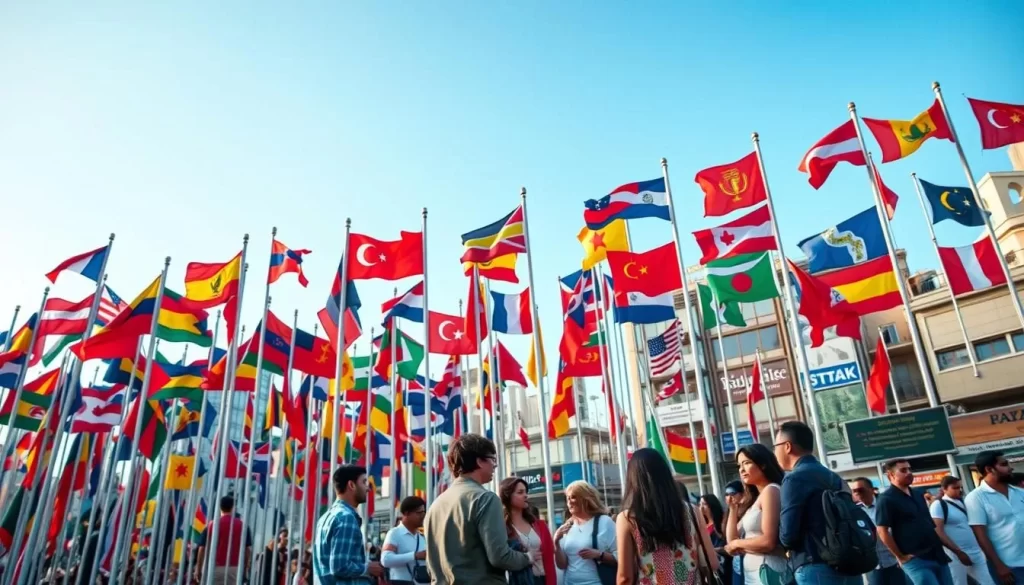
English: Global Connectivity and Local Use
English functions as a bridge language, underpinning international business and tourism. It’s taught in schools, making it easier for visitors and locals to connect. This widespread use highlights its role in global communication.
Historical ties to British colonization have also shaped its prominence. Today, English is a vital tool for government and media. It ensures the country remains accessible to the world.
Russian: A Legacy of Immigration and Modern Business
Russian is spoken by about 1.8 million people, a result of mass migration from the former USSR. This language plays a significant role in local media and business. It’s a testament to the enduring impact of immigration.
From newspapers to street signs, Russian remains visible in daily life. Its presence reflects the cultural contributions of this community.
Emerging Voices: Amharic, Yiddish, Spanish, and Portuguese
Other languages, like Amharic, Yiddish, Spanish, and Portuguese, add to the linguistic tapestry. These tongues are tied to specific immigrant groups, preserving their heritage. They highlight the nation’s commitment to cultural diversity.
Multilingual signage and government services accommodate these languages. This inclusivity ensures everyone feels represented.
“Language is not just a tool for communication; it’s a gateway to understanding culture and identity.”
This linguistic framework supports both local and global needs. It reflects the country’s history and its dynamic present. Understanding these languages offers insight into the complex interplay of identity and policy in this region.
Conclusion
Language diversity in this region reflects its rich history and vibrant culture. Hebrew, the national language, plays a central role in government, education, and daily life. Its revival symbolizes cultural resilience and unity.
Arabic holds a special status, deeply rooted in the community. It’s widely used in public spaces and education, showcasing inclusivity. Other languages, like Russian and English, add to the linguistic tapestry, connecting locals and tourists alike.
Understanding this multilingual landscape enhances your experience. It offers insight into the cultural and practical aspects of daily life. For more on how language shapes identity, explore this detailed article.
This linguistic framework is more than communication—it’s a bridge to heritage and connection. Appreciating it enriches your understanding of this dynamic region.
The above is subject to change.
Check back often to TRAVEL.COM for the latest travel tips and deals.



